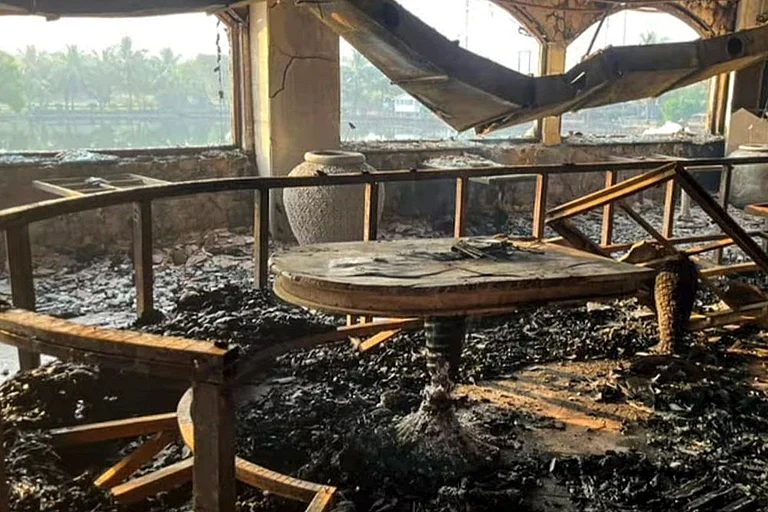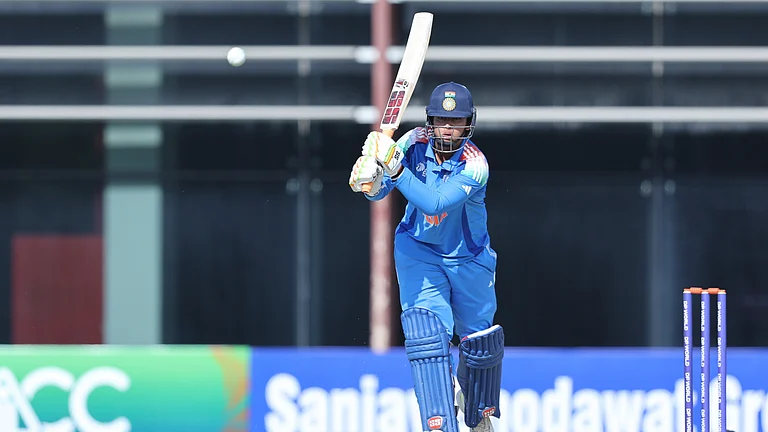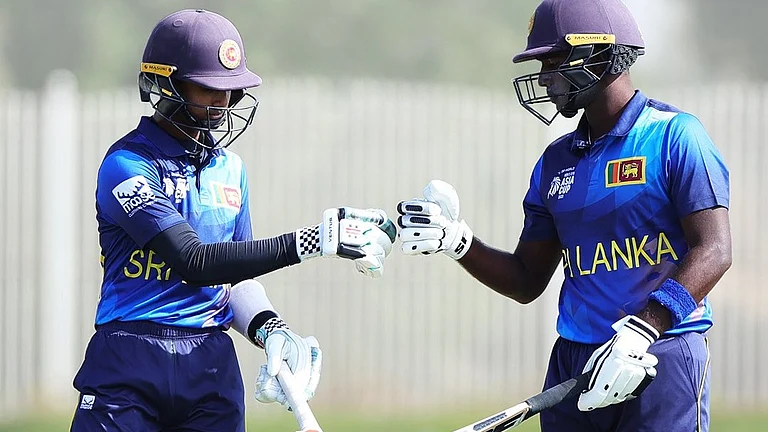Dear Reader
This magazine arrives at a time when the Indian print media is under siege, ready it would seem to hoist the white flag. It is charged on one front by a motely crowd of television moguls who announce at crazily expensive cocktail parties their modest intention to initially enter the market with 32 channels, all of which apparently have the blessings of Prime Minister P.V. Narasimha Rao. As the late Malcolm Muggeridge used to say about moving pictures on the small screen, "Pure lunacy, old boy."
On another front, brand, sales, product, line managers are progressing very nicely in their canny assault. Newspapers and magazines, we are confidently told, are part of the FMCG (fast moving consumer goods) market and should be treated no differently. Victory for them will be complete when the attendant at your neighbourhood grocery store stocks The Times of India on the same shelf as Nirma detergent soap, and sells both with identical merchandising techniques.
Finally, the decline of the Editor – truly an endangered species in these FMCG times. Many publications have dispensed altogether with the cumbersome practice of having one single individual in control, others prefer keeping the top job open indefinitely. It is a practice which is catching on like an epidemic. Anti-bodies as yet have not been reported.
The dispirited defenders soldiering on inside the crumbling castle may be drinking in the Last Chance Saloon, but there is, I believe, still a chance. You don't have to be a media Chandraswami to assert that the televsion bubble is already bursting and the first casualties are on our screens making colourful corpses. Where is the audience for the 100-plus channels currently whizzng past our eyes, is a question being increasingly posed. All of us who work in the print media must concentrate our minds on our inherent strengths and their manifold weaknesses. We are bound to win.
The second front led by the advocates of the 'product brigade' is hugely vulnerable, too, even though it must be conceded that currently is ascendant. Publications when seen purely as 'products' do not have voices, much less character. They are dead things devoid of any professional culture or ideology. Do you wish to read a dead thing thrust down your front door by spurious advertising and public relations stunts?
It could be argued that people like me have a vested interest in the survival of the Strong Editor. True. However, without him/her there is no entity to bind the publication, give it cohesion, a sense of purpose and, most important, protect its journalistic integrity. Admittedly, in these cynical times such phrases sound at once banal and pompous; the fact that they do emphasises the rot that is eating the vitals of the Indian print media.
For Outlook to even remotely suggest that its birth heralds the revival of the print media would be of course be preposterous. But its launch could hopefully initiate some thinking at the core of which is the notion that citizens of this country are not victims, they are people who participate, agitate, consolidate, using the tools of democracy to move this fragile republic forward. If vital public issues are given sufficient illumination, context, insight, analysis, they will inspire citizens to do something about them. Chat shows, soap operas and Ruby Bhatia are unlikely to provide that inspiration.
Another notion perhaps also needs restating. Good publications have a "social as well as commerical worth". Naturally, they cannot be run on the principals of Mother Teresa's charities, but to view them as exclusively commercial propositions is to do a profound disservice to the community these publications seek to address.
Outlook invites you to judge if any of the ideas outlined above animate the pages of this newsmagazine. Actually, with your weekly ten rupees, we are hoping to establish that the Indian print media is alive, well and living (most recently) in Delhi's Safdarjung Enclave.






















